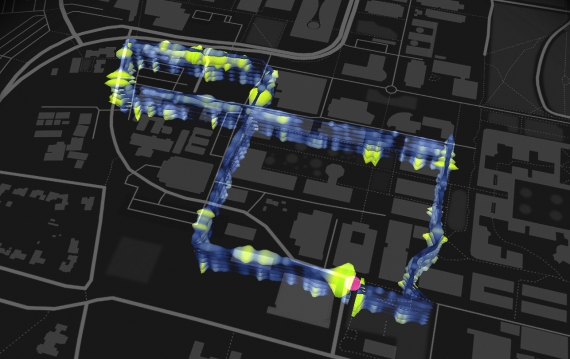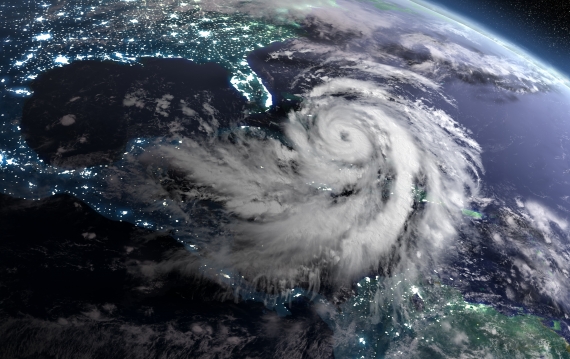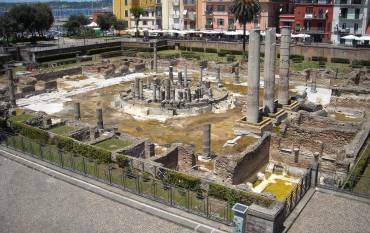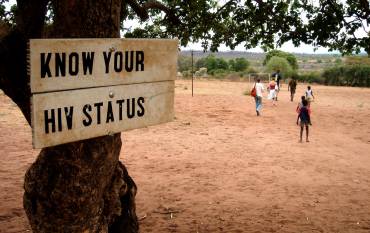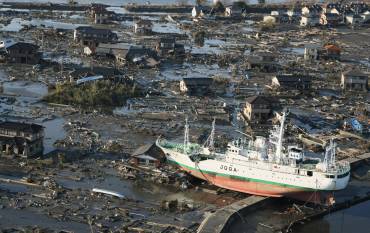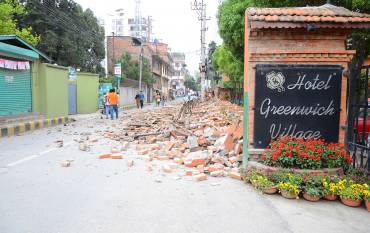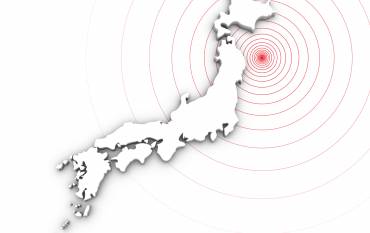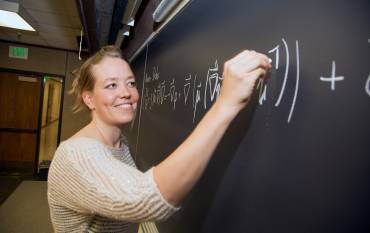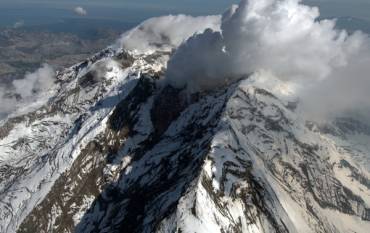The Stanford School of Earth, Energy & Environmental Sciences is now part of the Stanford Doerr School of Sustainability.
This page is currently being maintained for archival purposes only. For the latest information, please visit us here.
Natural Hazards
July 9, 2015
<p>Stanford School of Earth, Energy & Environmental Sciences</p>
June 18, 2015
Stanford School of Earth, Energy & Environmental Sciences
June 18, 2015
<p>Stanford School of Earth, Energy & Environmental Sciences</p>
June 8, 2015
Stanford School of Earth, Energy & Environmental Sciences
May 22, 2015
Stanford News
PhD student Anne Sanquini studies how to motivate people to take precautionary action to protect their homes and schools against earthquakes. Her work led her to Kathmandu Valley, Nepal where she was on the ground for the magnitude-7.8 earthquake, the very quake she had been preparing for.
March 9, 2015
<p>Stanford School of Earth, Energy & Environmental Sciences</p>
October 17, 2014
Stanford News
Prof. Greg Beroza hiked to a tranquil redwood forest where he explained the origin and impact of a devastating 6.9 magnitude earthquake that occurred 25 years ago. Back on campus, he and colleagues explained their leading edge seismology research.
- ‹ previous
- 4 of 5
- next ›
Subscribe to Earth Matters
A free monthly bulletin for your inbox



